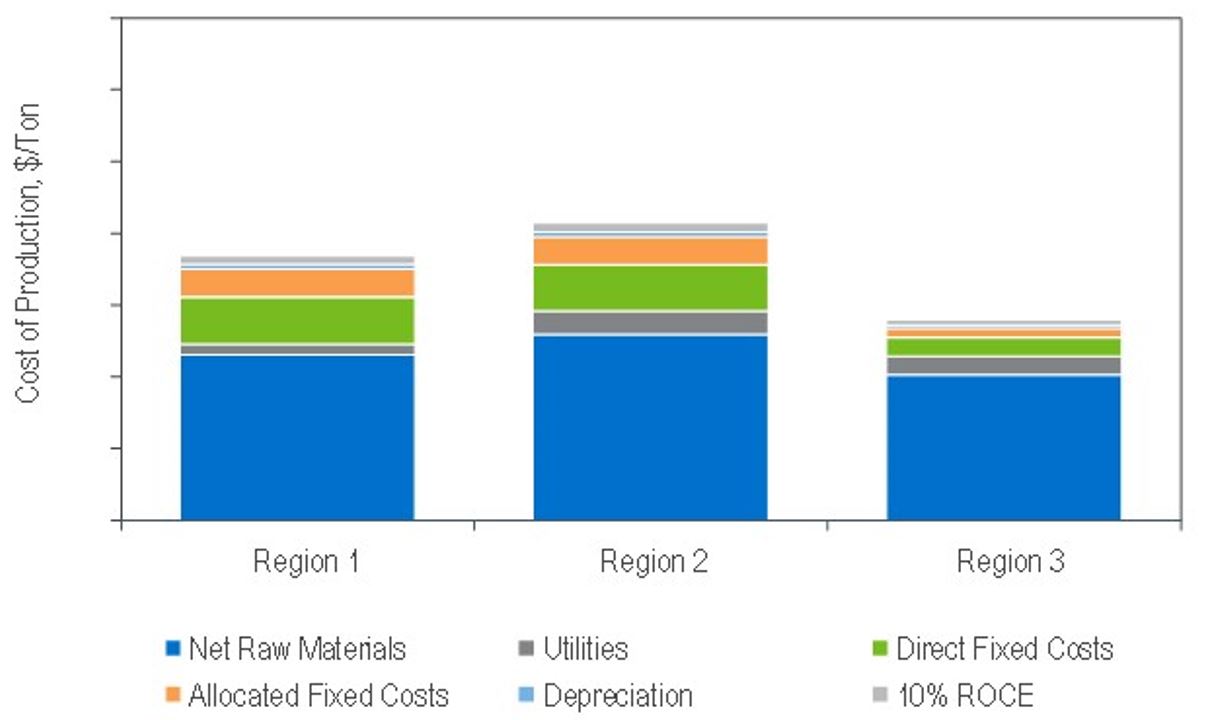Sustainably sealed: How modern packaging Is embracing recycling

As we grapple with the reality that nearly 50% of plastic products are destined to become waste after single use, the packaging sector is wrestling with the pressing imperative to address climate change, mitigate plastic pollution, and reduce excessive packaging waste. Brand owners face the crossroads of economic viability, product performance, operational efficiency, and environmental stewardship, recognizing that excelling in recyclable packaging is a strategic imperative for competitive differentiation.
Plastic, with its remarkable durability, lightweight nature, and unparalleled versatility, has intricately woven itself into the fabric of our daily lives, finding extensive applications across diverse sectors such as consumer packaging, construction, healthcare, transportation, and agriculture. In the face of its staggering annual consumption of around 400 million tons—a figure projected to soar by nearly 3% annually, crossing the 500-million-ton threshold by 2030—it's impossible to overlook the pressing environmental challenges posed by the ensuing plastic waste. A mere 10 percent of global plastic waste is recycled, with the rest ending up in landfills, polluting ecosystems, or being incinerated.
The packaging industry encompasses a diverse array of materials, ranging from plastics and aluminium to glass and paper derivatives like corrugated cardboard. Each material comes with its own set of benefits and limitations. Given their impressive cost-effectiveness, performance, and undeniable convenience, plastics have emerged as the preferred choice in a myriad of packaging applications.
Opting for plastics over other materials often boils down to their undeniable advantages in specific applications. Consider the safety concerns of using a glass container for a shampoo bottle, or the impracticality of a metal pouch for juices; plastics efficiently cater to diverse needs which makes them indispensable across multiple sectors. For instance, beverage manufacturers frequently choose lightweight, shatterproof plastic bottles over metal cans and glass bottles, prioritizing ease of transport and safety. In the shipping sector, the reliance on durable, water-resistant plastic packaging becomes crucial when dealing with goods such as electronics that require protection from moisture, perishable food items that demand airtight sealing, pharmaceutical products necessitating sterility, and clothing and textiles that need safeguarding from environmental elements during transit.
While plastics shine in terms of their lower production energy requirements, minimal transportation emissions due to their lightweight nature, and overall practicality, their environmental benefits start to wane at end-of-life management. Glass and metal stand out as more sustainable alternatives at this stage, boasting the ability to undergo countless recycling cycles without a degradation in quality—a feat that most plastics can’t match as they typically suffer a loss in integrity with each mechanical recycling round, eventually becoming unrecyclable and destined for landfill, incineration, or ecosystem pollution.
The Elements of Recyclability
To elevate the recycling capabilities of plastics within the packaging sector, it’s imperative to dissect and comprehend the crucial elements that govern recyclable design. The key characteristics influencing packaging recyclability are:
Color: Complexities increase with color; brighter/darker shades reduce recyclability.
Size: Deviations from standard sizes disrupt recycling streams.
Closure/Attachment Material: Same polymer preferred; if not, easy-to-separate materials required.
Barriers, Coatings, Additives: Alter polymer density; complicate sorting and separation.
Labeling: Can cause misidentification and contamination if not designed properly.
Monomaterial Standardization: Enhances recyclability, ensures consistent material quality, and supports circular economy initiatives.
Employing a monomaterial packaging strategy significantly boosts recycling efficiency at Material Recovery Facilities (MRFs), yielding high-quality recycled materials. When the use of multiple polymers is necessary, ensuring ease of separability is paramount, requiring designs to align with MRF standards, including standardized dimensions to suit recycling machinery. Color selection, favoring light or transparent hues, and minimizing extraneous additives like labels and inks are crucial, as these factors respectively enhance sorting effectiveness and preserve material recyclable value, while also reducing sorting complexity and potential recyclability hindrances.
Find out more...
Our "Packaging Design for Recyclability TECH Report" provides a detailed analysis of packaging design with a focus on recyclability, economic considerations, and carbon intensity across blown film extrusion, cast film extrusion, bi-axially oriented film extrusion, and thermoforming in key regions such as the United States Gulf Coast, Western Europe, and China, incorporating Q2 2023 pricing data.
Cost of Production Summary for Mono-Layer Polyethylene -Form-Fill Seal Blown Film (Single Layer) - (Second Quarter 2023)
Cost of Production Summary for Mono-Layer Polyethylene - NexantECA
The analysis quantifies the scope 2 carbon intensity of these processes in tons of CO2 equivalent per ton of produced material. The report extends its coverage to the entire recycling value chain, including mechanical and chemical recycling while also exploring the factors affecting plastic packaging recyclability, the challenges in achieving effective recyclable packaging, and the dynamics of global harmonization and Extended Producer Responsibility (EPR) schemes.
This report serves as a pivotal resource for professionals and stakeholders within the packaging sector aiming to deepen their knowledge of polymer processing, packaging strategy, selection, and economics, while tailoring their practices to meet with the evolving sustainability benchmarks of the industry.
The Author...
Luke Downing, Analyst
